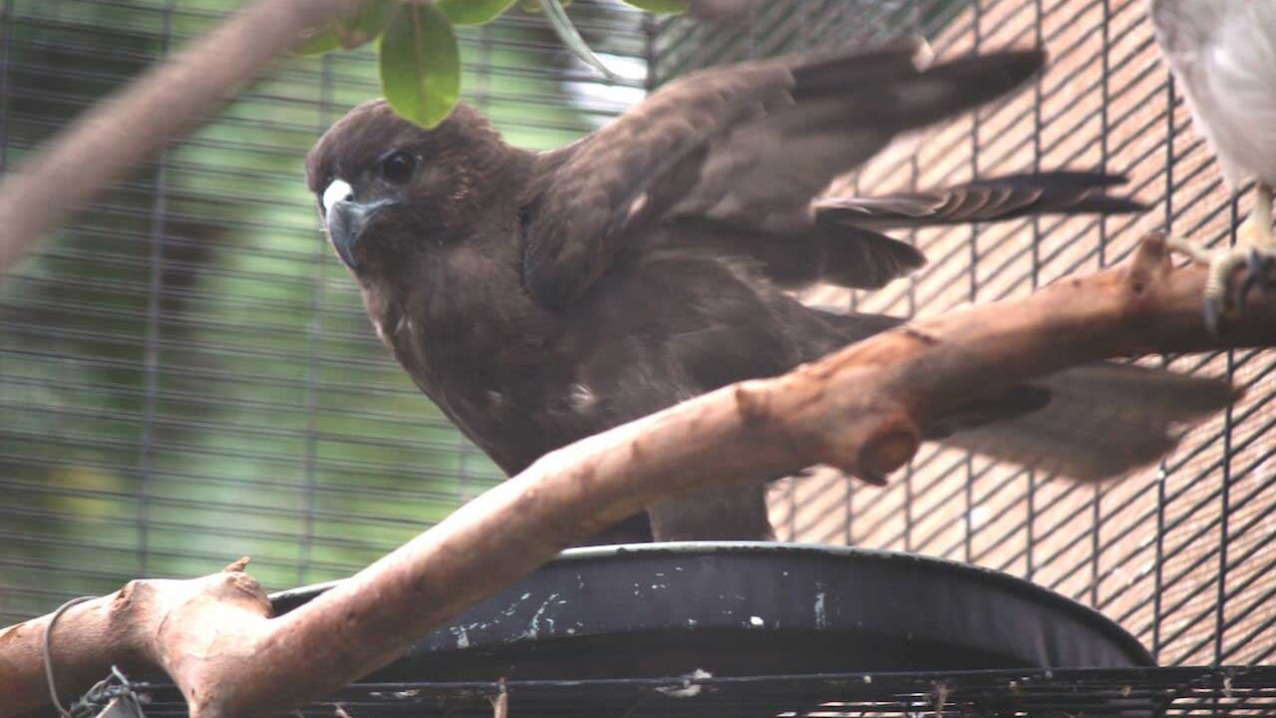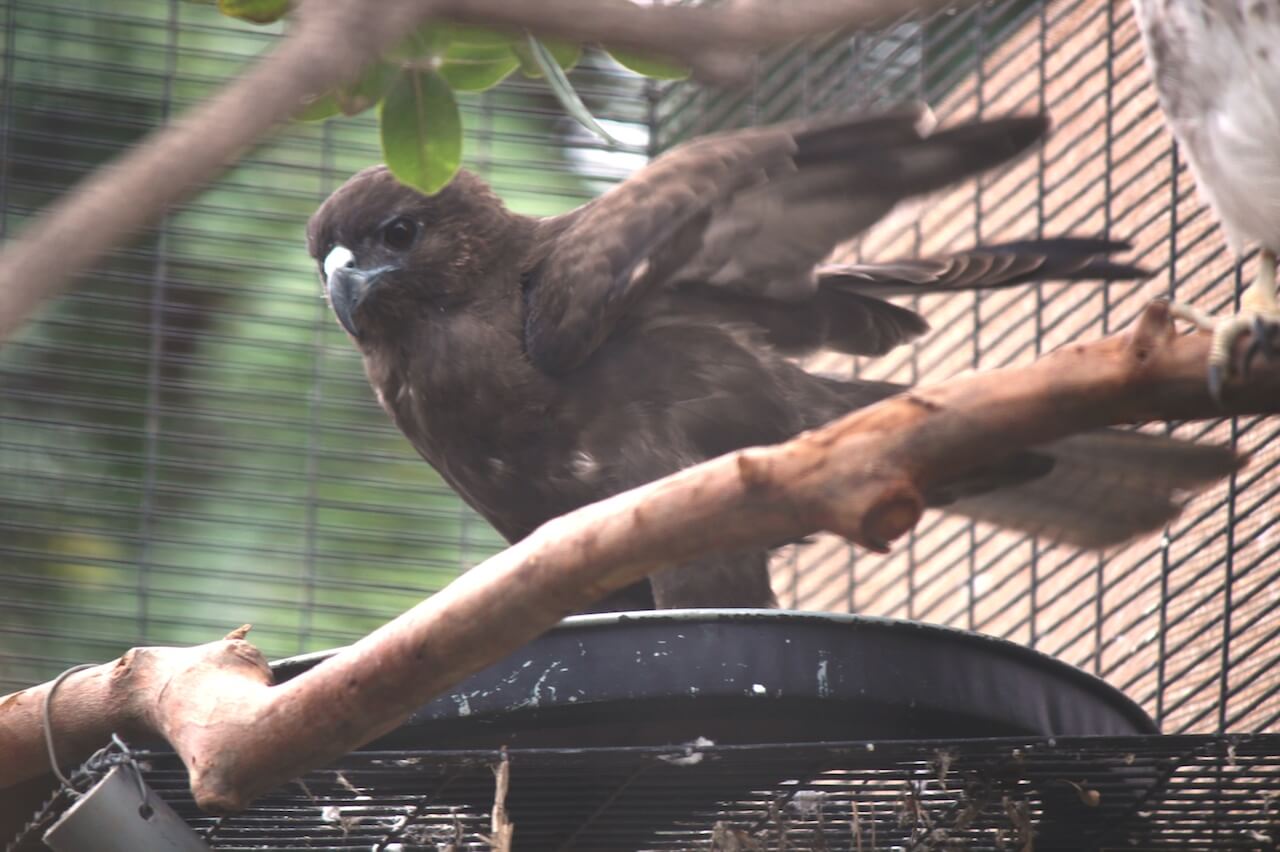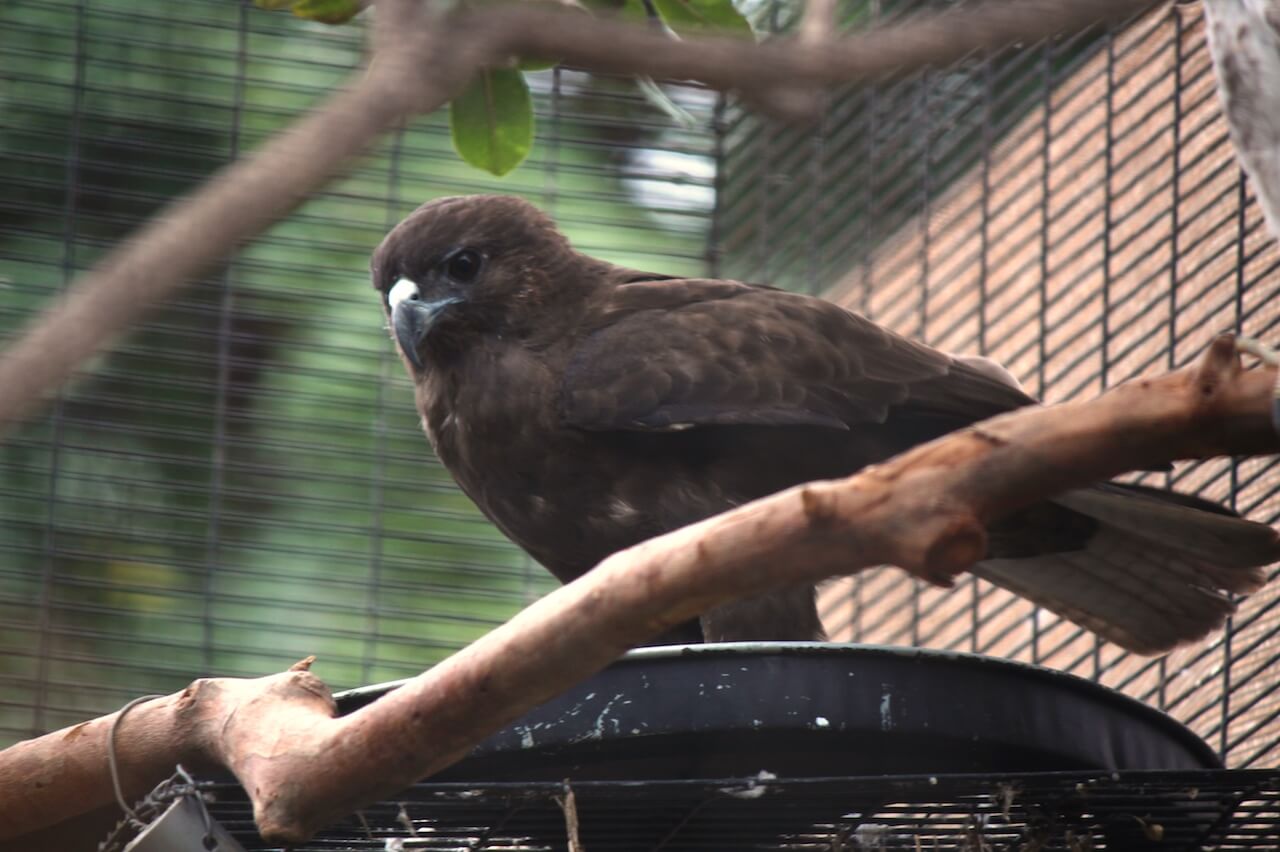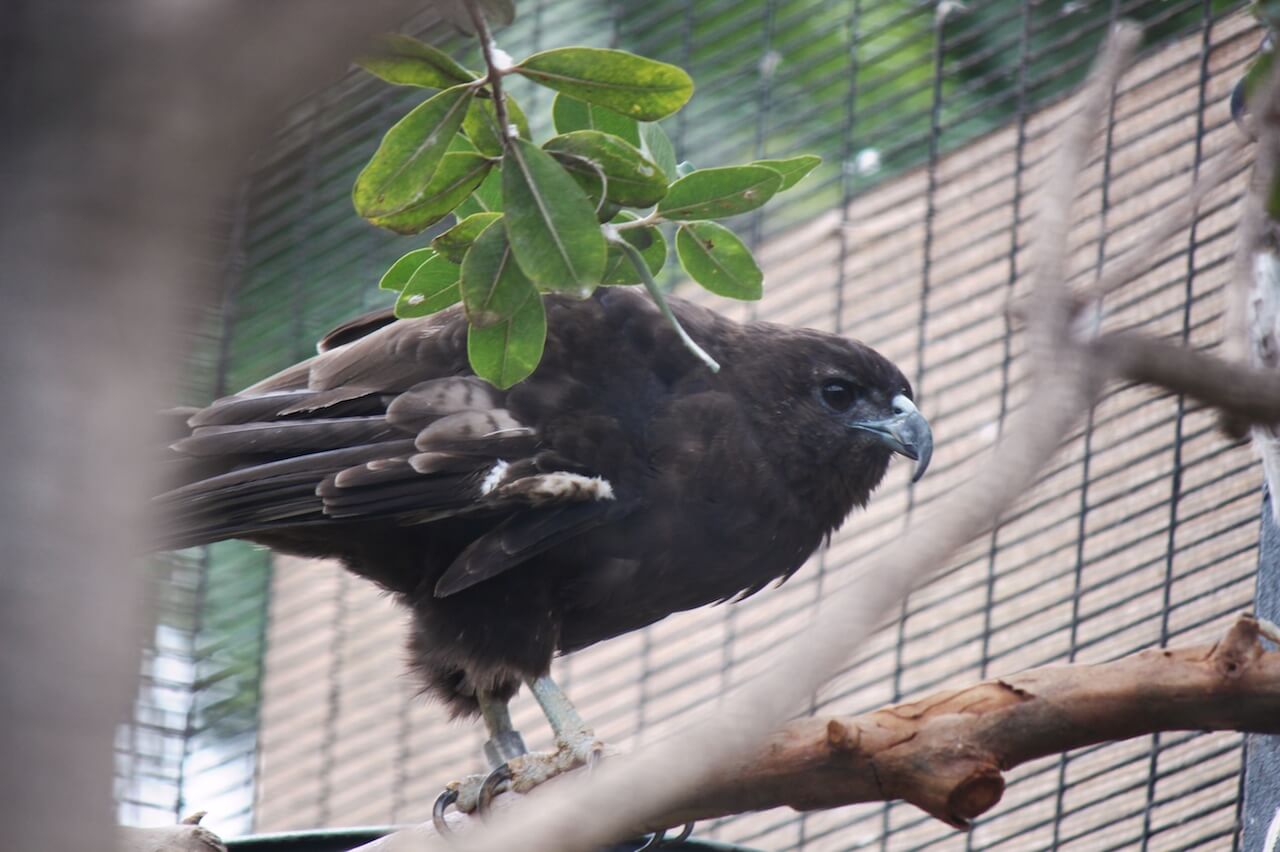buteo solitarius
Hawaiian Hawk ('Io)
About Me
Scientific Name: Buteo solitarius
Description
’Io are medium-sized birds of prey that can grow up to 16 inches for males, and 18 inches in length for females. Like all raptors, they possess three forward facing toes on each foot and one facing backwards. All of them have long, curved talons for ripping and tearing. In adults, the flesh around these claws is yellow, while in juveniles, it is more green. ’Io come in two color phases: The Dark Phase, in which their entire bodies are covered in dark brown feathers, and the Light Phase, in which they sport white undersides and wings.
Fun Facts
- The ’Io are endemic to the Hawiian Islands and are found nowhere else in the world.
- Although the species is present on all of the main Hawaiian Islands, this species is currently only known to breed on the Big Island of Hawaii.
- Kingdom: Animalia
- Phylum: Chordata
- Class: Aves
- Order: Falconiformes
’Io are medium-sized birds of prey that can grow up to 16 inches for males, and 18 inches in length for females. Like all raptors, they possess three forward facing toes on each foot and one facing backwards. All of them have long, curved talons for ripping and tearing. In adults, the flesh around these claws is yellow, while in juveniles, it is more green. ’Io come in two color phases: The Dark Phase, in which their entire bodies are covered in dark brown feathers, and the Light Phase, in which they sport white undersides and wings.
Although ’Io historically preyed upon Hawaiian Honeycreepers, Nene chicks, and the endangered Hawaiian Crow, they have taken readily consuming introduced rats and mice. Introduced game birds and large insects are also taken by this predator.
The ’Io are endemic to the Hawiian Islands and are found nowhere else in the world. They can live at elevations from sea level up to 6,500 feet. Although the species is present on all of the main Hawaiian Islands, this species is currently only known to breed on the Big Island of Hawaii. They are able to hunt in a wide variety of altered habitats, including farmland, however, they will only breed and nest in forests of Native Hawaiian trees.
’Io prefer to hunt from tall perches that they use to survey their prey; however, they are known to dive at targets from mid-flight if the opportunity presents itself. are territorial and come together only to breed.
Females usually lay only a single egg per season, and is mostly responsible for the 38 day incubation period. It is the male’s responsibility to hunt for both his mate, and the offspring. After the chick hatches, the female is fiercely protective, and will only allow the male come near while delivering food. After two months, the chicks are ready to fledge.
’Io populations are considered stable, but their limited numbers and range has them listed as Near Threatened by the IUCN. Primary threats to this species is loss of habitat, invasive cats and mongoose, and persecution by humans via hunting and shooting.
The Honolulu Zoo’s ’Io pair can be found overlooking the Nene Sanctuary. Our female was the lucky survivor of a human shooting, and her mate was captured as an attempt to remove predators during a Hawaiian Crow reintroduction in the early 2000’s.
Group, P. R. (n.d.). Hawaiian Hawk – Pacific Islands Fish and Wildlife Office. Retrieved January 12, 2017, from https://www.fws.gov/pacificislands/fauna/hihawk.html
Buteo solitarius . (n.d.). Retrieved January 12, 2017, from http://www.iucnredlist.org/details/22695929/0
Other Birds
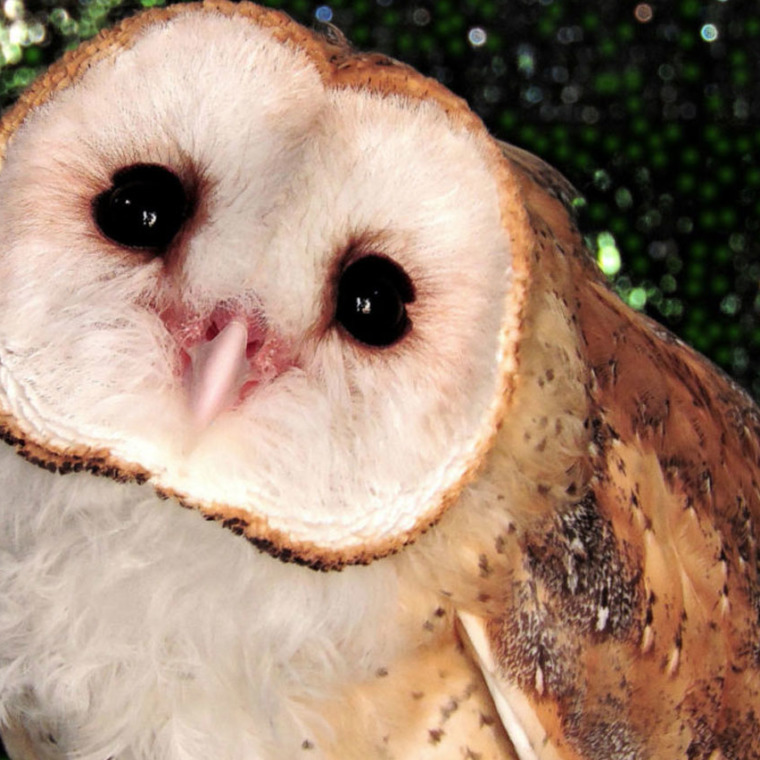
Barn Owls are found throughout the globe, in Europe, Africa, Asia, Austrailia, and the Americas
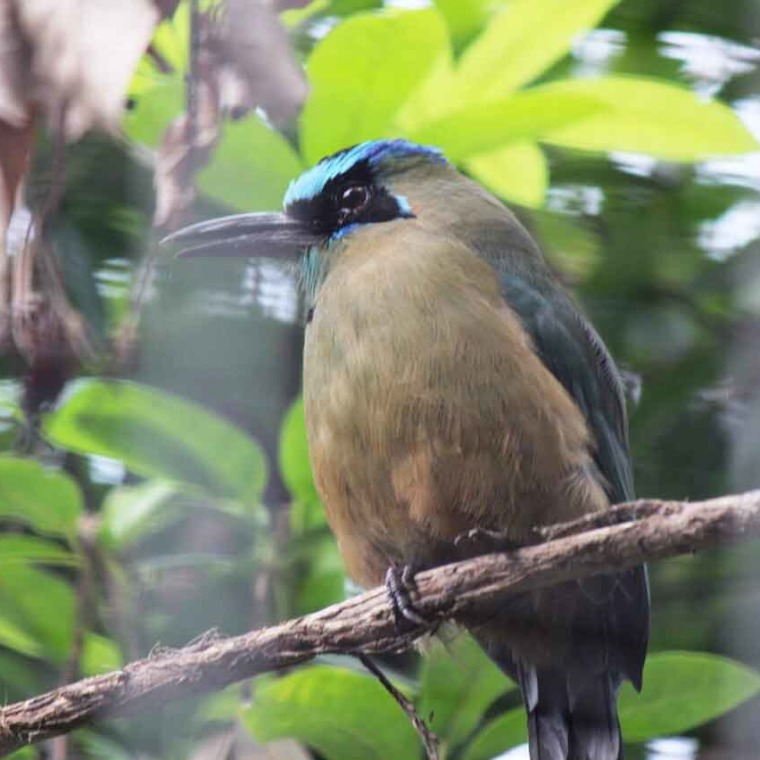
This animal can grow over a foot in length! Motmots possess a serrated beak and red eyes, with a black mask that encircles their heads.
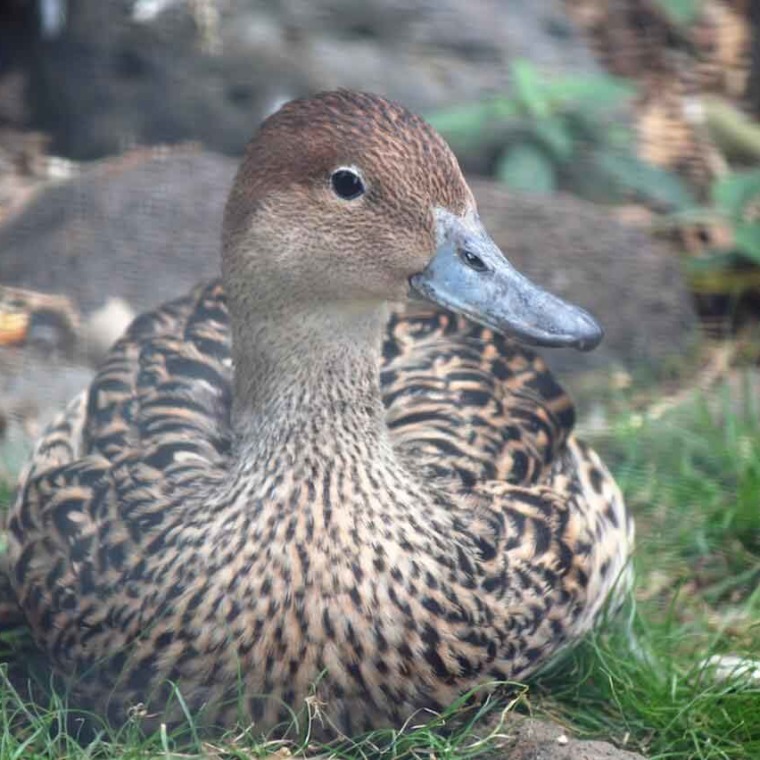
Koloa maoli are very secretive and difficult to observe except in protected areas such as Hanalei National Wildlife Refuge on Kauai.
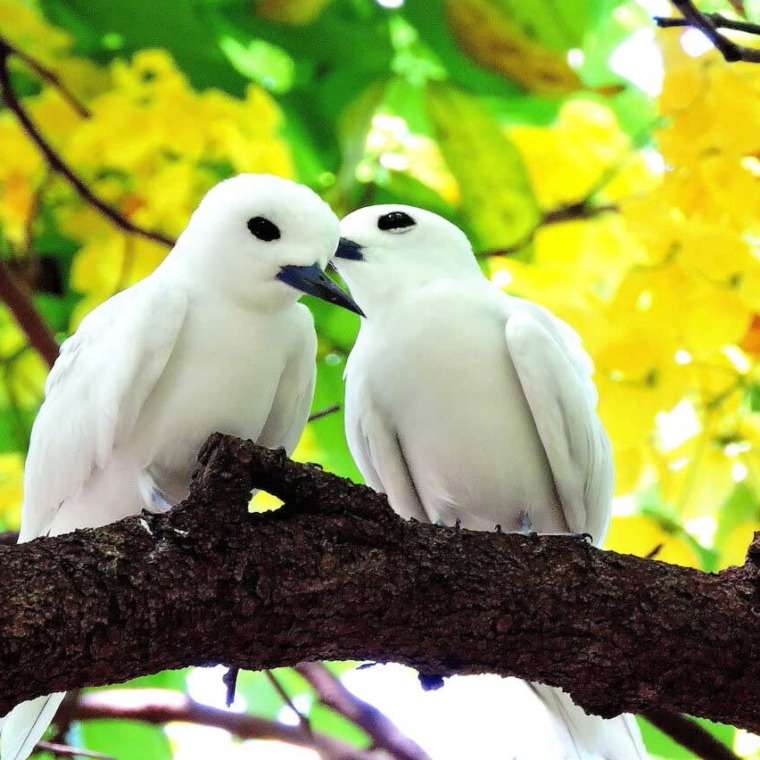
This bird is found primarily on islands, and has a wide ranger across the equatorial band of every ocean on Earth, save for the Arctic Ocean, which does not cross the equator.
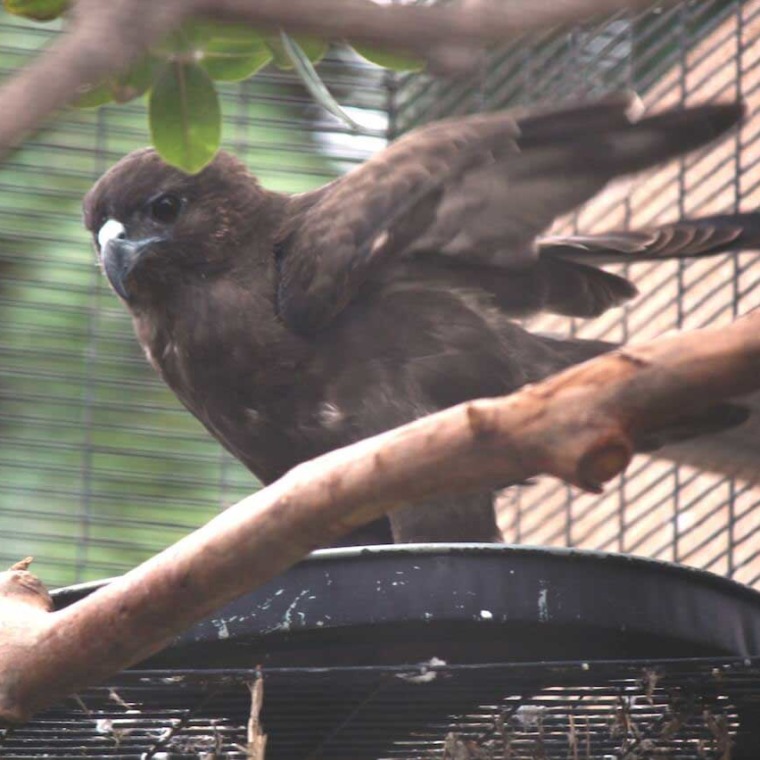
’Io prefer to hunt from tall perches that they use to survey their prey; however, they are known to dive at targets from mid-flight if the opportunity presents itself. are territorial and come together only to breed.


